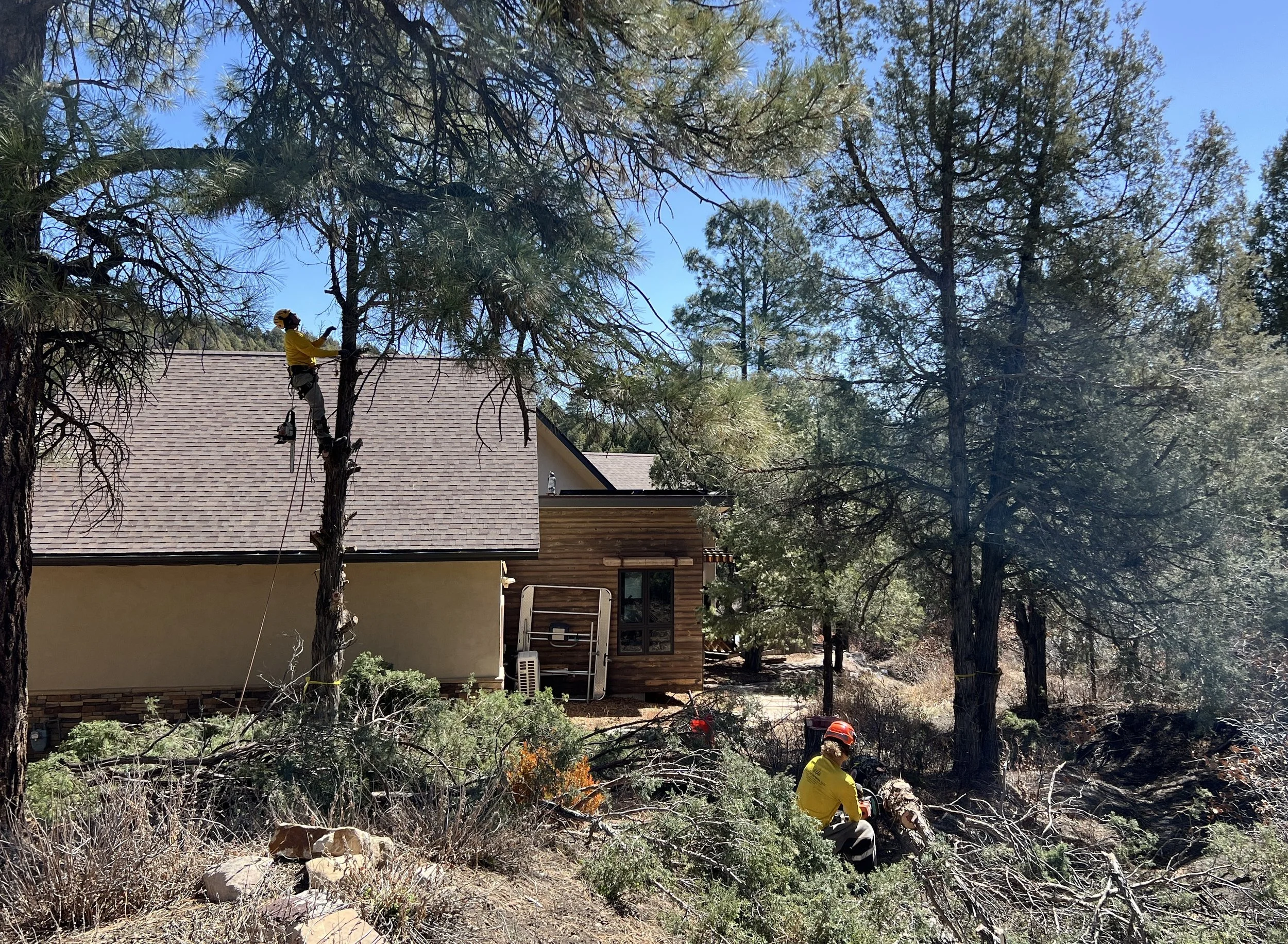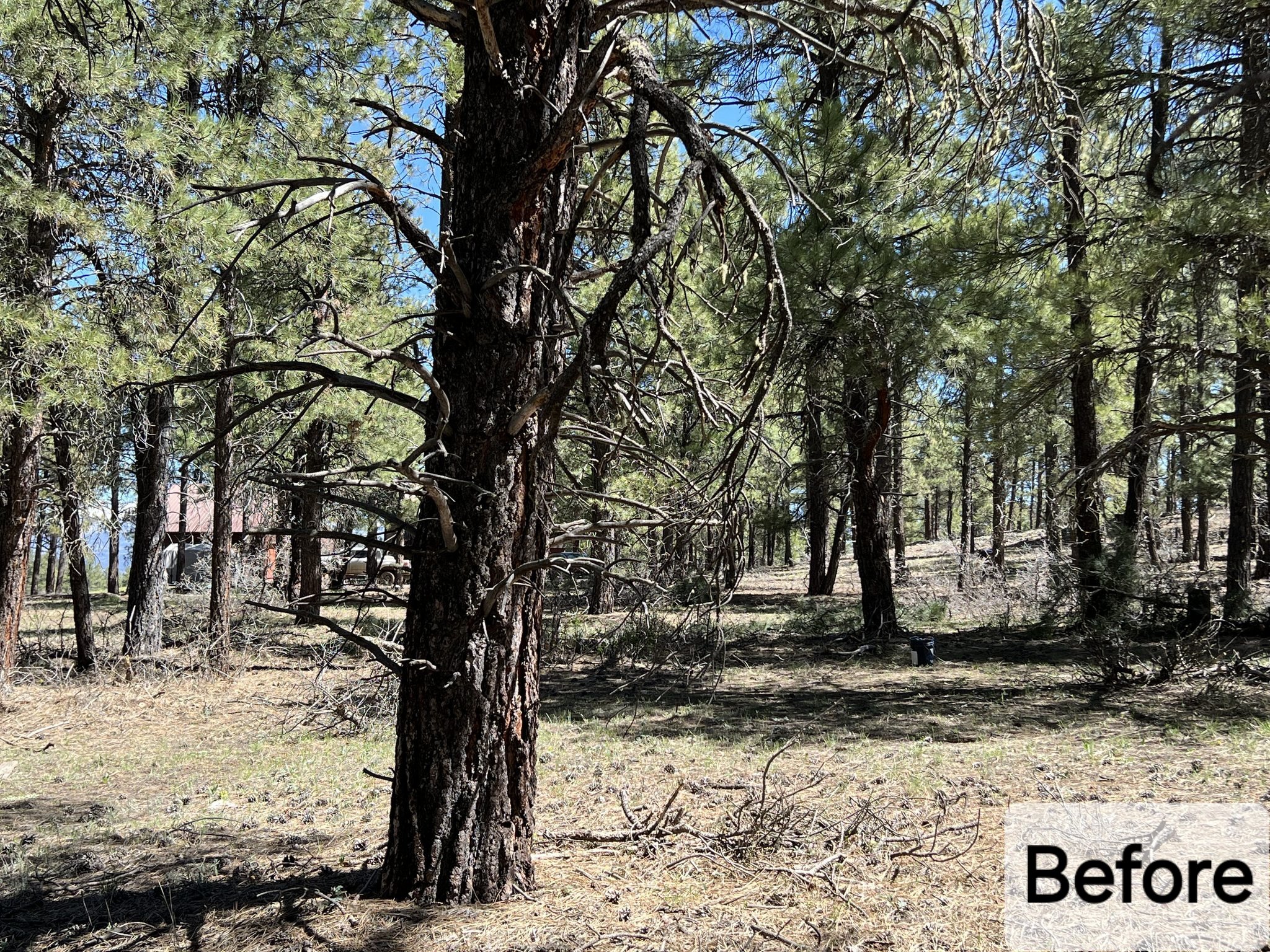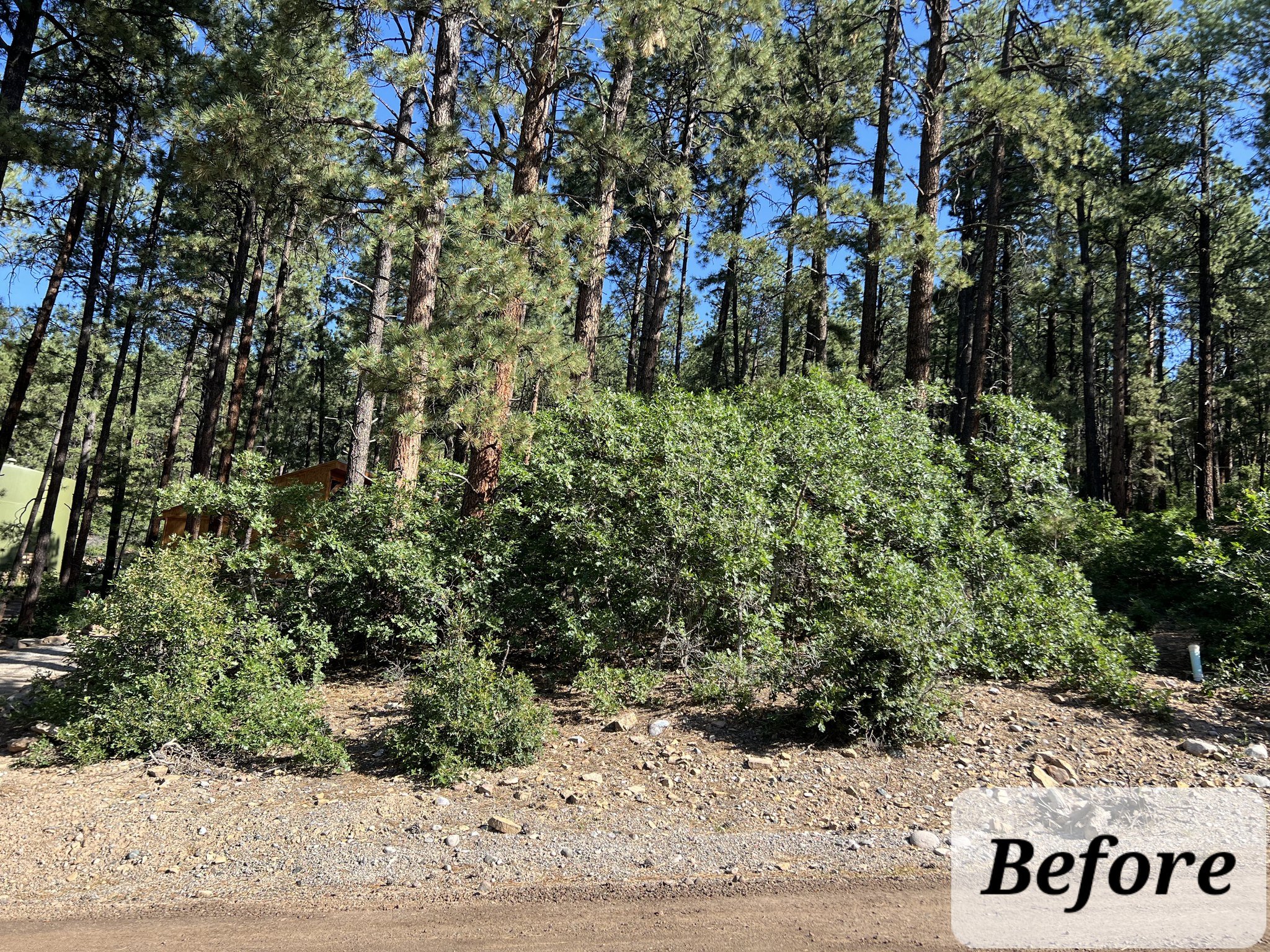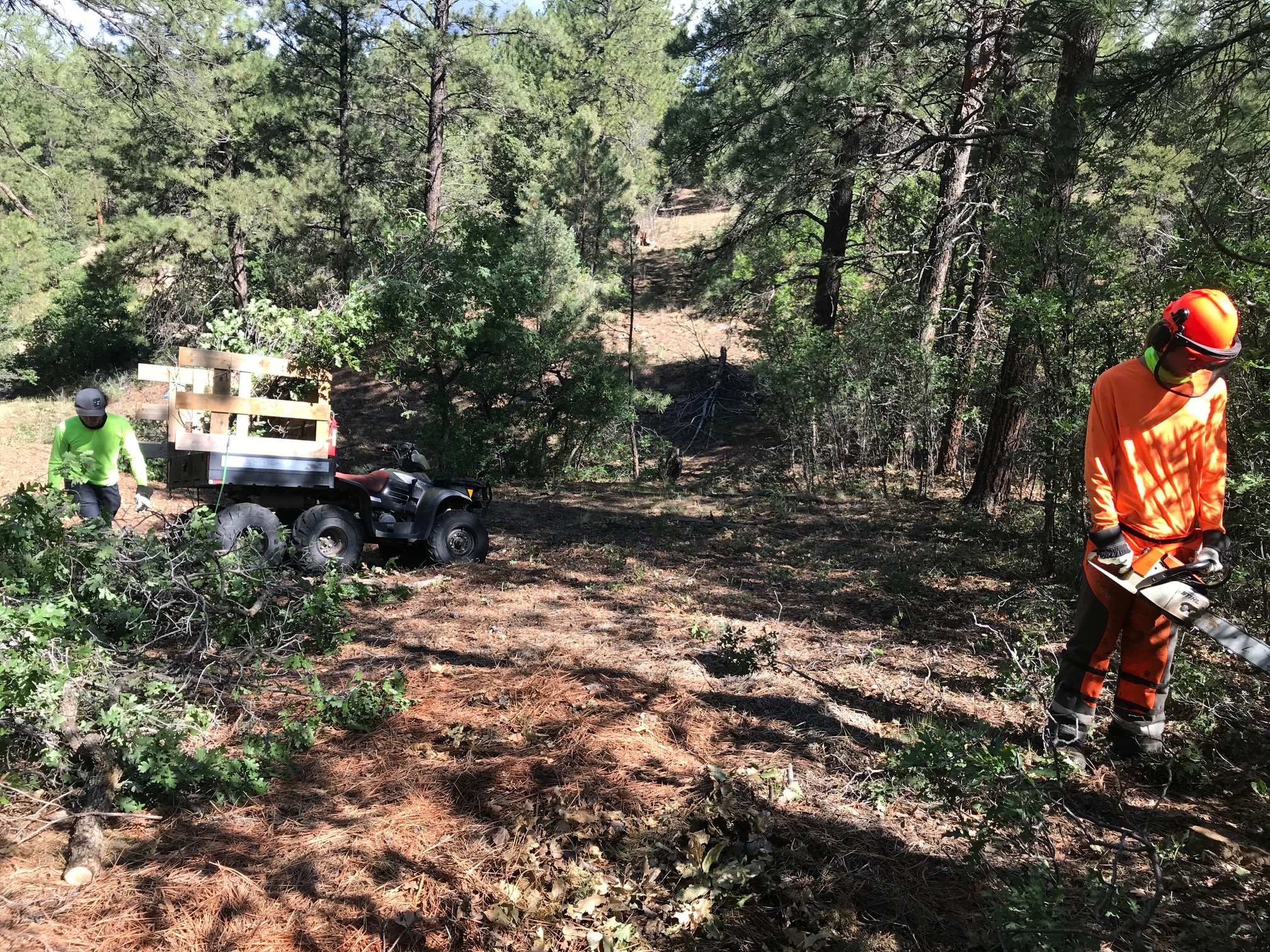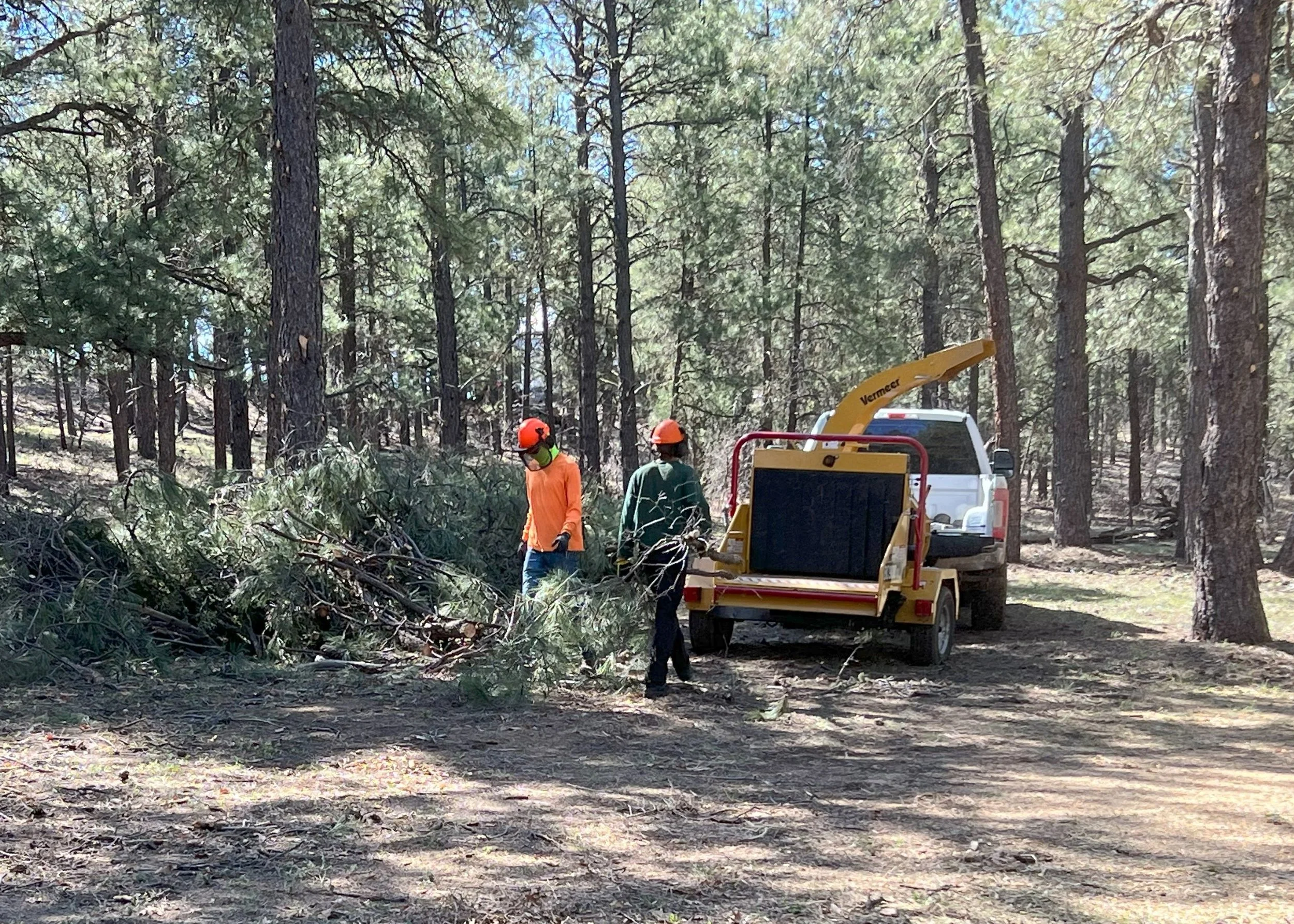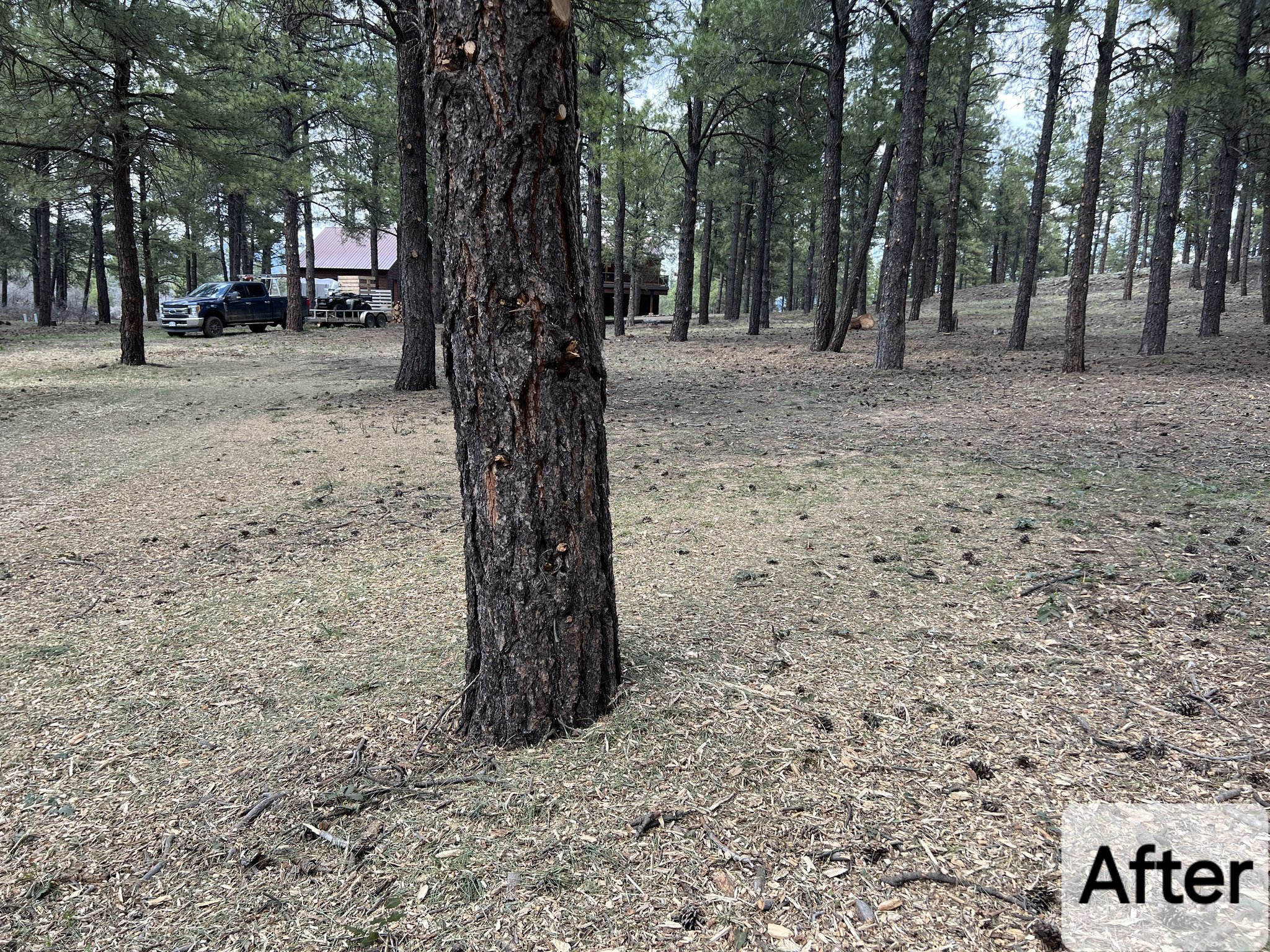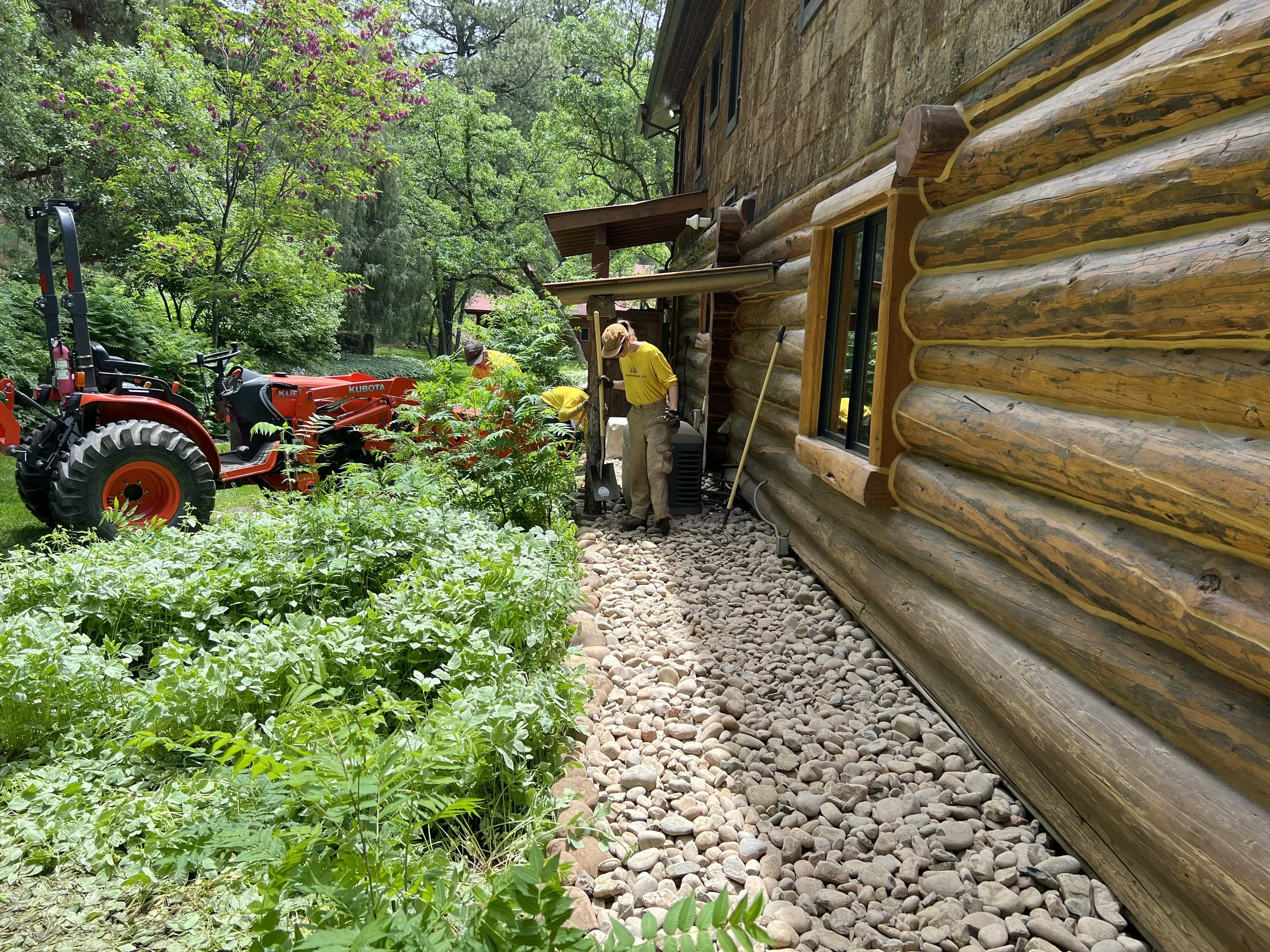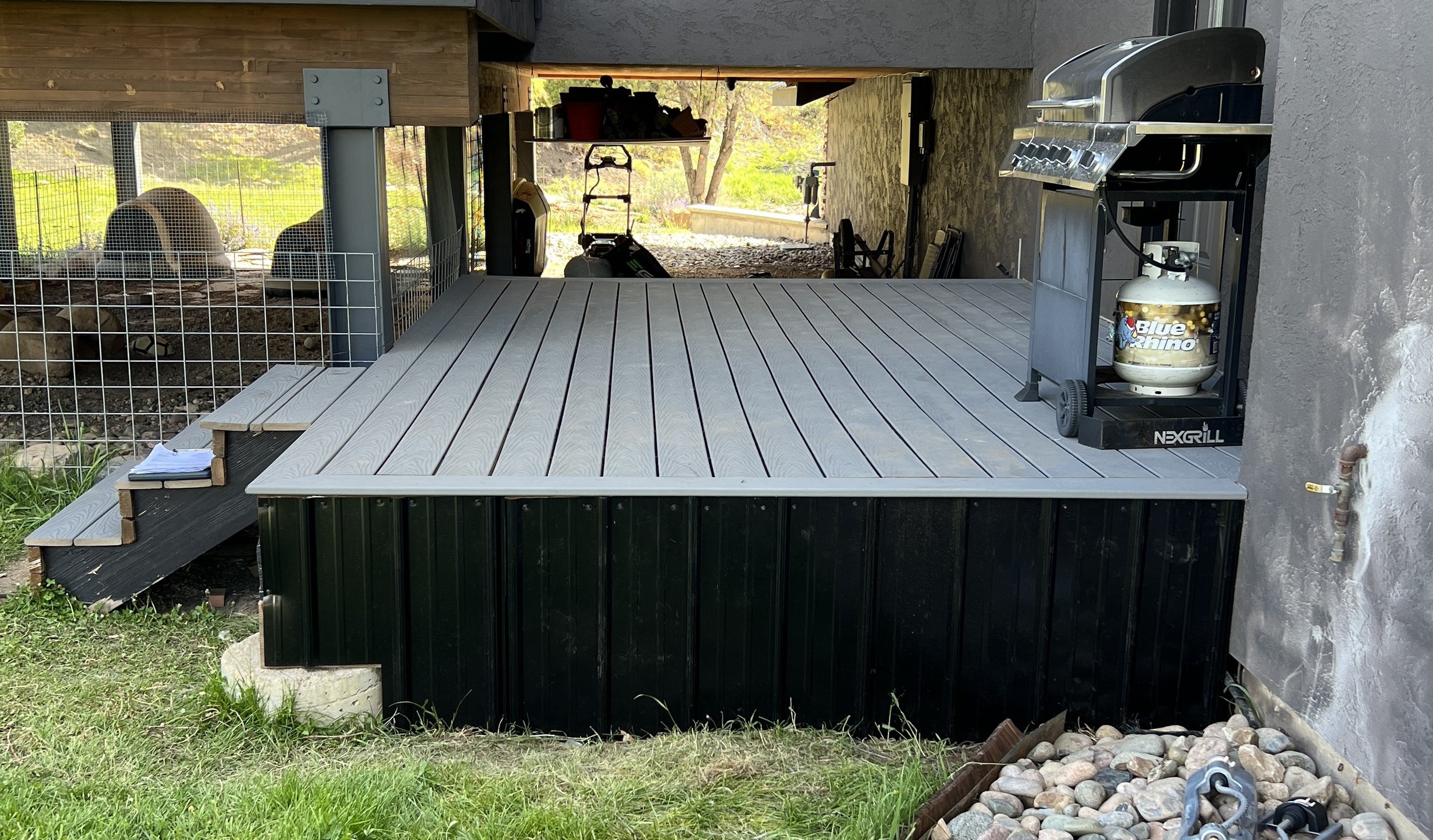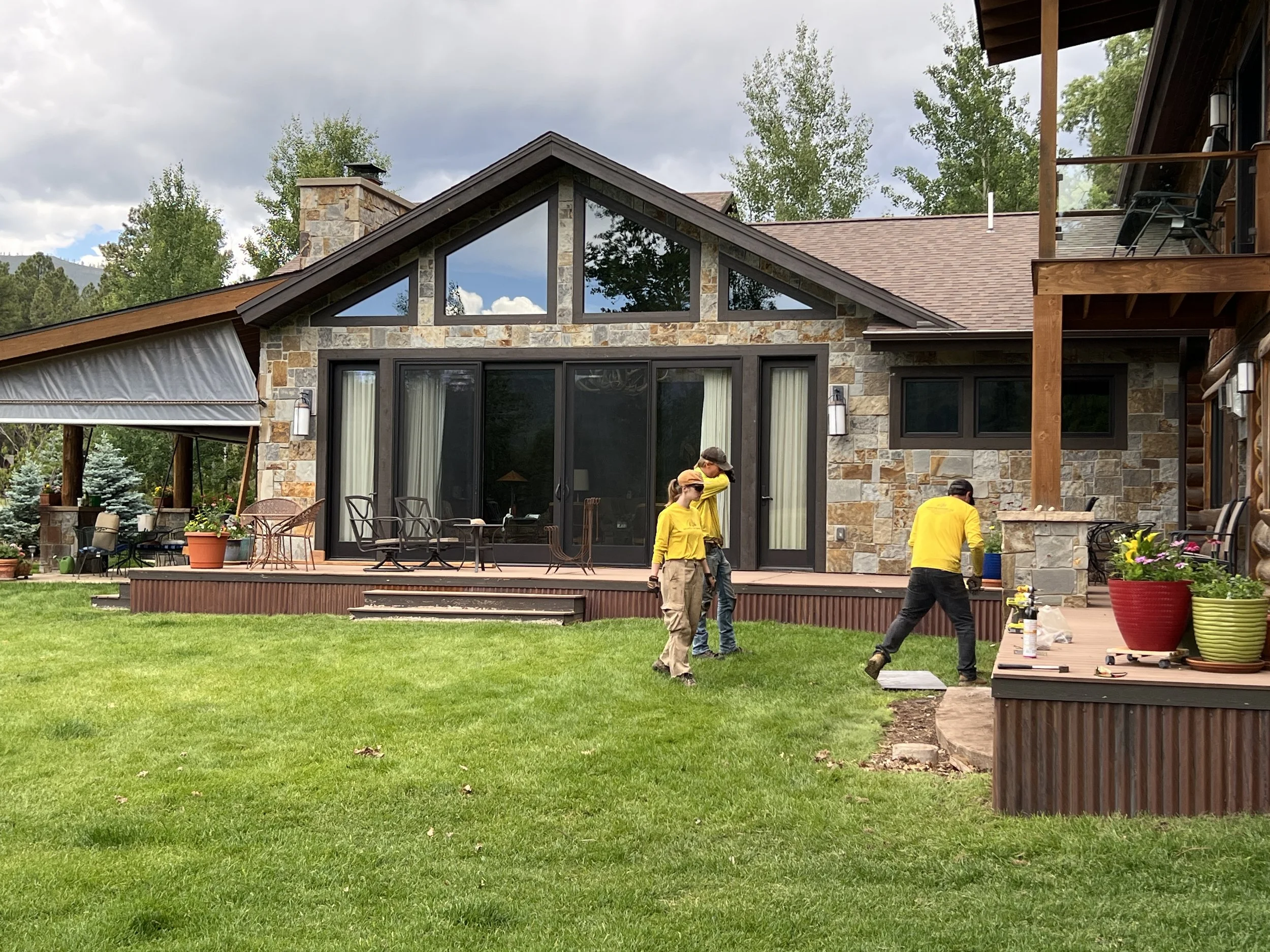OUR SERVICES
“We know how wildfires move. We know how structures ignite from wildfires. We know your home and all that is in it are your most valuable assets.”
We use Colorado State Forest Service (C.S.F.S.), along with N.F.P.A. (Firewise USA) and I.B.H.S. (Wildfire Prepared) standards to assess and provide solutions to help protect your home & property.
We’re the only Wildfire Mitigation Contractor in Southwest Colorado that can address both Home Wildfire Hardening Retrofits and Defensible Space Mitigation.
Services:
Home retrofits that meet standards for high fire risk areas
Creation of defensible space around your home
Free consultations and estimates
Scrub oak & brush removal
Tree removal & trimming
Zone-Zero rockscaping
Insurance resolutions
Mastication
Chipping
Hauling
Free Site Visit & Estimate For Wildfire Mitigation Call or Text (970) 880-4669
Durango, Bayfield, Hesperus, Hermosa, Trimble, Pagosa Springs
“Just got word that all mitigation work has been approved and our insurance reinstated. Thanks again... you’re still batting 1000! ”
SAMPLING OF OUR WORK
CREATION OF DEFENSIBLE SPACE
Defensible Space is the area outside of the homes footprint and attached structures.
HOME WILDFIRE HARDENING RETROFITS
Home wildfire hardening is the process of making your home more resistant to igniting from radiant heat and embers produced in a wildfire. It’s the embers from a wildfire that predominately set homes and surrounding landscaping on fire. In most cases, the home retrofits are easier and more affordable than you may think.
EXAMPLES OF OUR WORK
Underdeck Enclosures. This is an issue most homes with attached decks have and insurance underwriters catch every time. If your deck is less than 4 feet off the ground and the underdeck area is not enclosed, it offers an opening for dry leaves, pine needles and embers to accumulate, igniting the deck and the attached house. The open portion underneath the deck is enclosed with either 1/8 inch or less metal mesh or completely enclosed with a noncombustible material. The type of noncombustible material we use is decided by the homeowner.
Exterior Siding. The lower 6 inches of exterior siding on a dwelling must be made of a noncombustible material. This is where blown embers build up in a wildfire and ignite the combustible exterior siding. This is also one that underwriters catch every time. In the pictures you can see where we attached 8.25 inch James Hardie noncombustible fiber cement siding planks to the lower sections of the wooden exterior siding of the home and painted it to match.
Gates & Fencing. Combustible (wood) gates and fencing that attach to a home or structure have been found to be responsible for setting fire to structures. That’s why any gates or fencing that attach to the home must be made of noncombustible materials from the home going out a minimum of 8 feet away from the home. Insurance Underwriters catch this every time. The type of noncombustible material we use is decided by the homeowner.
Zone-1 Rockscaping. Zone-1 (0-5 feet) is one of the most important defensible space zones for keeping flames away from your home. Also known as “Zone Zero” for Zero Combustibles. We remove all combustible material, lay down a landscape weed barrier fabric and install rock. The type of rock and landscape border we use is decided by the homeowner. Insurance Underwriters pay special attention to this area.


